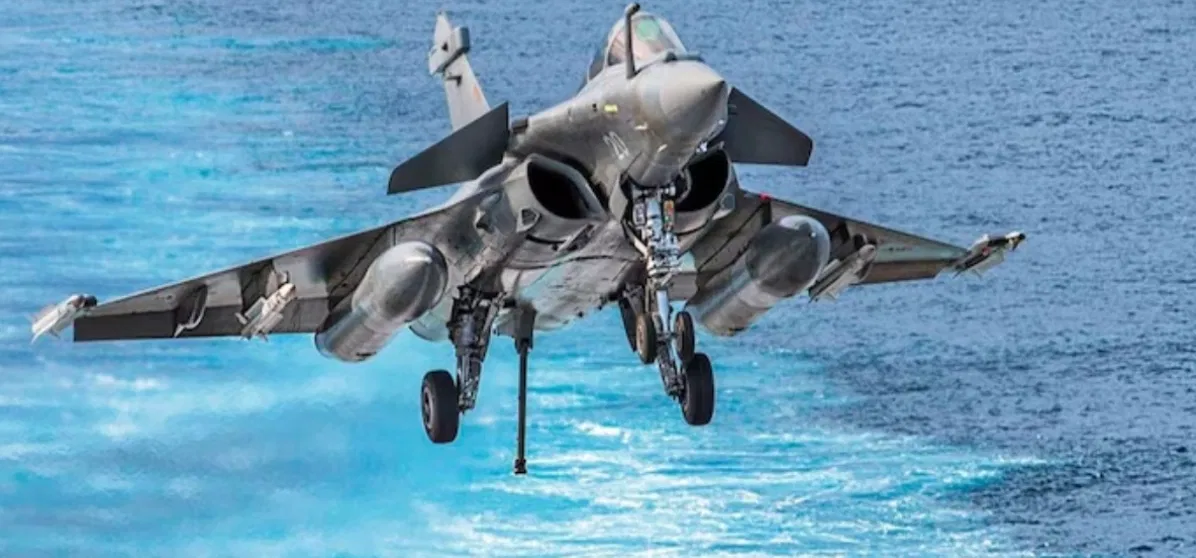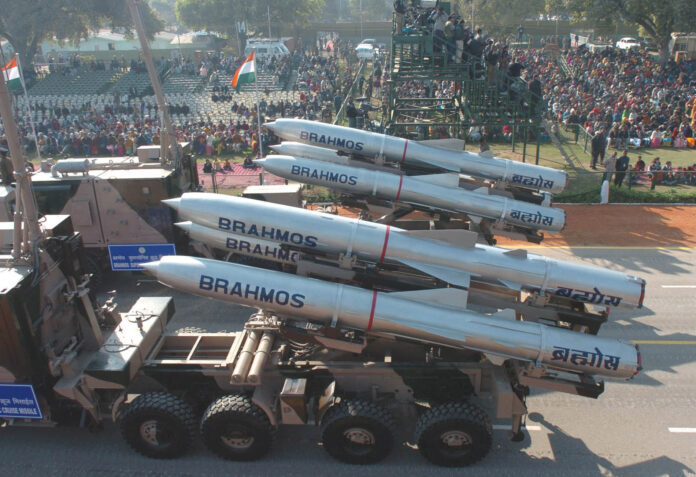In a grim reminder of the volatility in Jammu and Kashmir, 26 civilians mostly tourists were killed in a brutal daylight terrorist attack near Pahalgam, one of India’s most scenic towns. This was the deadliest terror strike since the Pulwama bombing in 2019. A shadowy proxy group, The Resistance Front (TRF), claimed responsibility. The group is reportedly backed by Lashkar-e-Taiba, a Pakistan-based terror outfit.
This attack has reignited conversations around India’s military readiness, as the country continues to bolster its defence posture amid both internal and external threats. From state-of-the-art fighter jets to missile systems and digital warfare integration, India is ramping up its offensive and defensive capabilities.
India’s Air Defence Shield: S-400 and Loitering Munitions
India has deployed the S-400 Triumf air defence system, acquired from Russia, which offers a critical edge in tracking and intercepting incoming aerial threats at long distances (up to 400 km). The S-400 adds a formidable layer to India’s multi-tiered air defence architecture.

Additionally, India now fields loitering munitions—also known as kamikaze drones—that can loiter over target areas and engage high-value targets with pinpoint accuracy. These munitions bring flexibility and lethality to dynamic battlefield environments, especially in contested airspace like Ladakh and Kashmir.
Indian Armed Forces by the Numbers (2025 Data)
As per the Global Firepower Index 2025, India holds the 4th position globally, behind only the United States, Russia, and China. Pakistan ranks 12th. Here’s a comparative breakdown of the two nations:
| Metric | India | Pakistan |
|---|---|---|
| Active Personnel | 1,455,550 | 654,000 |
| Reserve Personnel | 1,155,000 | ~500,000 paramilitary |
| Paramilitary Forces | 2.5 million+ | Included in reserve |
| Tanks | 4,201 | 2,627 |
| Armoured Vehicles | 148,050+ | Far fewer |
| Towed Artillery | 4,204 units | Less |
| Rocket Projectors | 1,338 units | Less |
| Self-Propelled Artillery | 100 units | Pakistan has more |
India’s edge on land warfare is evident in tank strength, with key assets like:
-
T-90 Bhishma
-
Arjun MBT (indigenous)
-
Upgraded T-72 tanks
The Indian Army is undergoing rapid modernisation and tech integration, with investments in:
-
Digital battlefield networks
-
Night-fighting capabilities
-
Integrated command structures
-
Mobile firepower systems
Aerial Superiority: From Rafales to Refuellers
India’s Air Force operates a fleet of 2,229 aircraft, including:
-
513 fighter jets
-
899 helicopters
-
6 aerial refuellers
Pakistan, by contrast, has:
-
1,399 aircraft
-
328 fighter jets
-
373 helicopters
-
4 aerial refuellers
The Indian Air Force’s strength lies not just in numbers but also in quality platforms like:
-
Rafale fighters (now totaling 62, post the latest 26-aircraft deal with France)
-
Sukhoi Su-30MKI (customised Russian-origin heavy fighters)
-
Mirage-2000 (French multirole fighters)
-
Tejas LCA (indigenous light combat aircraft)
The new Rafale Marine variant, worth ₹63,000 crore, will serve on INS Vikrant and INS Vikramaditya, significantly strengthening India’s air-sea strike capabilities. French Defence Minister Sébastien Lecornu is expected in India soon for the signing ceremony, which will likely be held outside the Defence Ministry’s South Block headquarters.
Naval Power and Strategic Assets
India’s Navy, the silent force, is equally formidable with:
-
1 active aircraft carrier (INS Vikrant)
-
16 conventional submarines
-
2 nuclear-powered submarines (INS Arihant class)
-
150+ warships and corvettes
Plans are underway for the third aircraft carrier, with a focus on blue-water dominance in the Indian Ocean Region (IOR), where China’s presence is growing.
India also possesses a robust nuclear triad—land-based missiles, air-launched weapons, and submarine-launched ballistic missiles (SLBMs), giving it second-strike capability.
Counter-Terrorism and Intelligence Coordination
Following the Pahalgam terror attack, India has intensified counter-insurgency operations in Kashmir. Intelligence agencies are reportedly tracking the financial and digital footprint of TRF and its alleged handlers across the Line of Control (LoC).
The Indian Army, CRPF, BSF, and J&K Police have launched joint search operations and are using drone surveillance to monitor infiltration routes. Loitering drones and satellite-based reconnaissance are being used to support ground troops in real-time.



